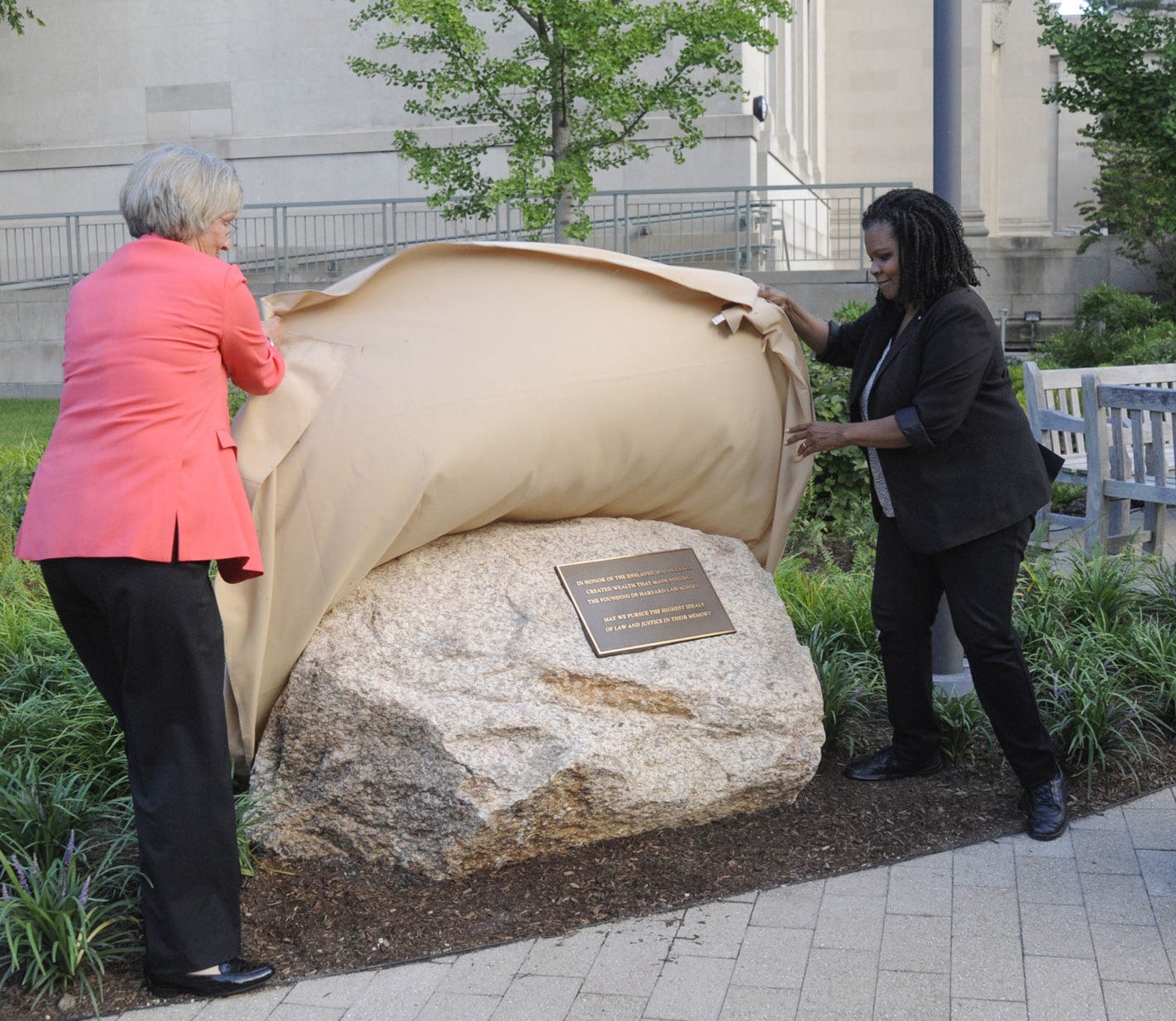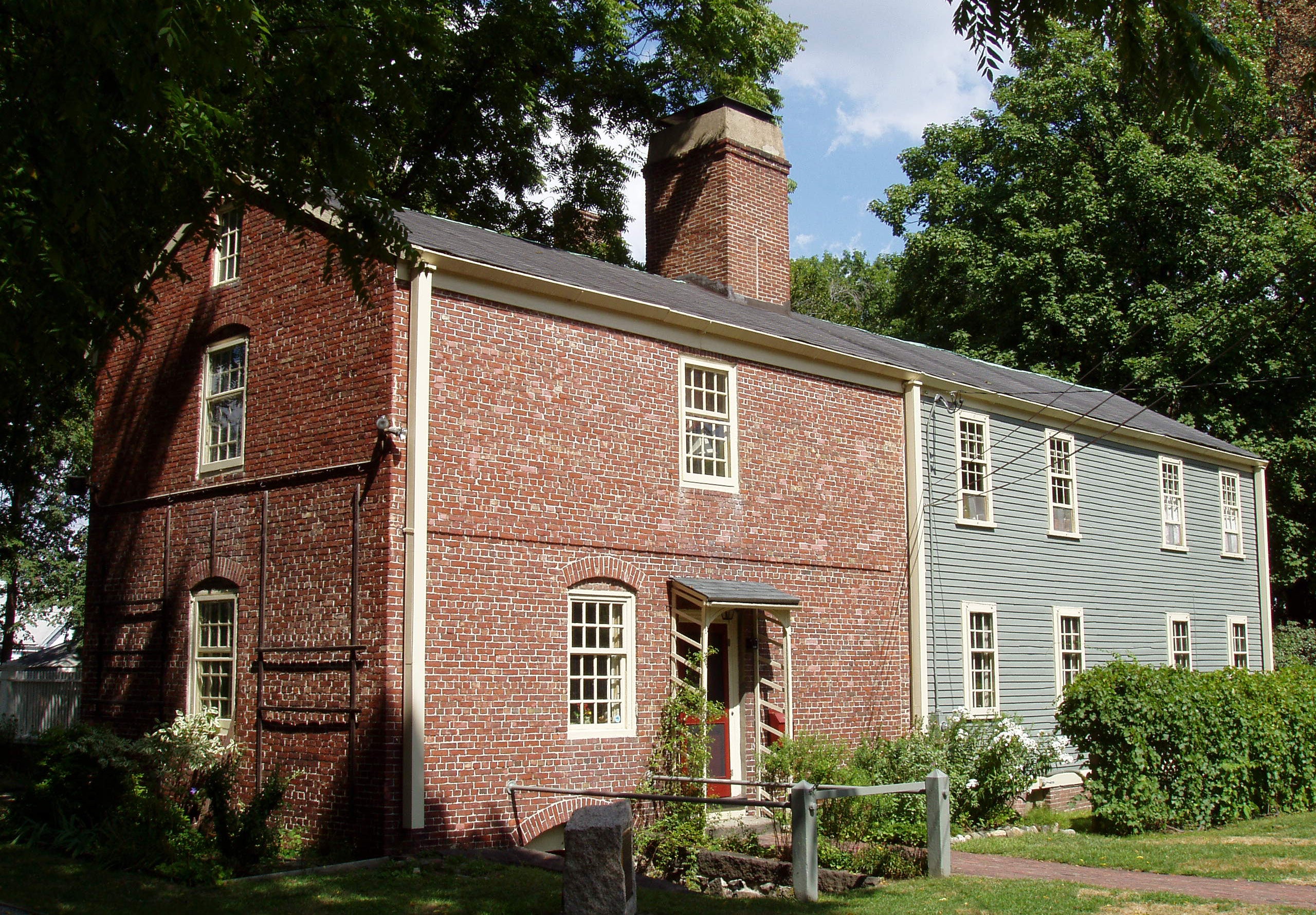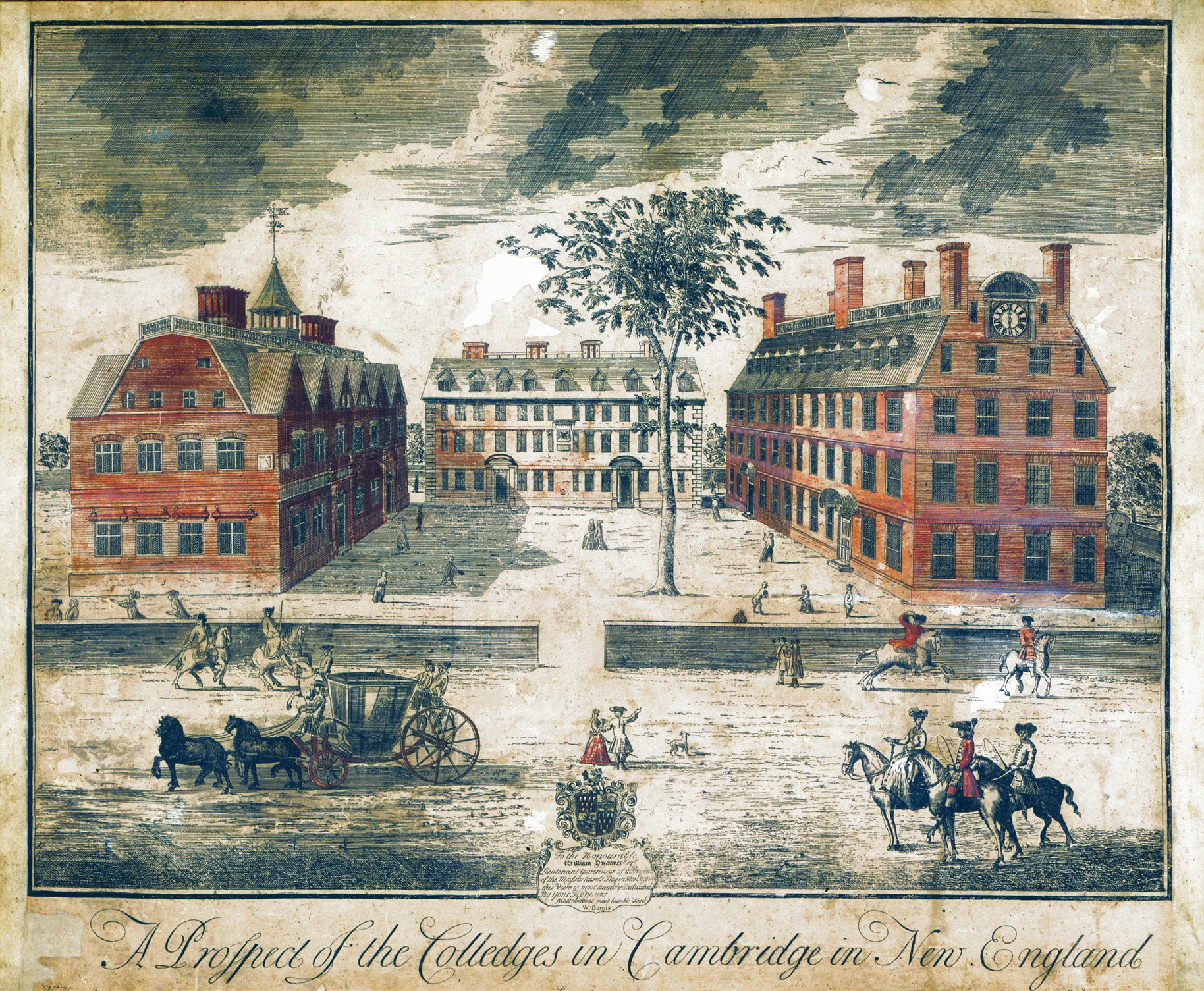A report issued in April by the Presidential Committee on Harvard and the Legacy of Slavery recounts in detail the many ways Harvard University participated in, and profited from, slavery, and the long history of discrimination against Black people by the university long after slavery was abolished by the 13th Amendment.
The Presidential Committee on Harvard and the Legacy of Slavery was established by Harvard President Larry Bacow ’76 in 2019. It is chaired by Tomiko Brown-Nagin, Radcliffe Institute dean and Harvard Law School professor. University Professors Annette Gordon-Reed ’84 and Martha Minow, the school’s former dean, are also members.
The committee’s more than 100-page report details Harvard’s many ties to slavery and its legacy and lays out seven recommendations for moving forward, all of which were accepted by Bacow. The Harvard Corporation has established a $100 million fund to implement the recommendations and to establish an endowment to sustain the work in perpetuity.
“We are an institution of higher education dedicated to research and to the dissemination of knowledge,” Brown-Nagin told The Harvard Gazette. “We are also, in our own motto, dedicated to truth. What we have done here is pursue truths that are painful. But the reality is that even when the truth is painful, we must seek it, we must divulge it, we must set an example of pursuing truth. And that is what we’re doing through the scholarship in this report.”
“We lead with a commitment to leveraging expertise in education to try to address systemic inequities that affect descendant communities in this country and beyond,” she added. “The remedies are designed to last in perpetuity … [and] will enable generations of students, faculty, and staff to participate in bringing to life our commitment to addressing the legacies of slavery.”
In a statement to the Harvard Law School community shortly after the release of the committee’s report, Dean John F. Manning ’85 announced several immediate initiatives to commemorate and honor the enslaved people whose labor generated wealth that contributed to the school’s founding and to better understand the legacy of slavery and the unfinished business of advancing racial justice.
“Though it is difficult, indeed heartbreaking, to read in cumulative detail the pervasive and grievous wrongs committed here at our university, only by honestly reckoning with this history can we together find new ways to make meaning of our past,” wrote Manning. “We must also do these things in part because of the distinctive roles that law and the legal profession, at their best, can play in furthering the highest ideals of law and justice.”
Manning also focused on the law school’s own connections to slavery. “Based on findings earlier this century by scholars studying Harvard Law School’s history, this community has grappled for more than a decade and a half with the painful history associated with our founding,” he wrote, referring to the 1781 bequest to Harvard College from Isaac Royall Jr., who earned his wealth from the labor of enslaved people. Royall’s donation funded a professorship that was ultimately transferred to, and contributed to the establishment of, the fledgling law school in 1817. “If we are to be true to our complicated history,” Manning wrote, “we must shine a light not only on the many good things our institution has contributed over two centuries, but also on our failings and our wrongs.”
The dean announced three initial steps. First, in commemoration of Belinda Sutton and other enslaved people who labored on Royall’s estate in Medford, Massachusetts, the courtyard adjacent to Harkness Commons has been renamed the Belinda Sutton Quadrangle, which will be transformed into a place to gather and reflect and will become home to a commemorative installation honoring Sutton, who lodged a historic series of legal petitions with the Massachusetts General Court to claim her rightful pension from the Royall estate after her emancipation. The commemorative installation will highlight her voice and moral clarity.


Second, the law school will sponsor, in alternating years, the Belinda Sutton Distinguished Lecture and the Belinda Sutton Academic Conference, which will be administered through the school’s Charles Hamilton Houston Institute for Race and Justice. It will, Manning wrote, “feature speakers and topics that advance our understanding of the legacy of slavery and expropriation and the ongoing pursuit of racial justice.”
Finally, the endowed chair funded by Royall’s original bequest and most recently held by Professor Janet Halley, has been retired. Manning noted that through her scholarship and teaching, Halley “has heightened awareness of the Royall family’s involvement in the history of enslavement in Colonial Massachusetts and Isaac Royall Jr.’s connection to HLS.” The dean announced that Halley has resigned from the Royall Chair and that it will never be occupied again.
To continue Halley’s important work, wrote Manning, the law school will seek to build a closer relationship with the Royall House and Slave Quarters in Medford, and will work with the museum “to identify opportunities to provide support, further common research interests, and plan regular occasions for students, staff, and faculty to visit the museum for reflection and learning.”
The report of the Presidential Committee on Harvard and the Legacy of Slavery built on the efforts of Harvard scholars and students who have worked to uncover the university’s ties to slavery in recent decades. In the portions addressing Harvard Law School, it cites Halley’s exploration of the history of the school’s slave-owning benefactor, which drew on the research of Professor Daniel Coquillette ’71 and helped spur student protests decrying the law school’s shield that was modeled on the Royall family crest. As dean, Minow established a committee that recommended the shield be retired. Dean Manning established a working group led by Gordon-Reed to research and develop the school’s current shield. In 2017, Harvard Law School dedicated a memorial on campus to the enslaved people whose labor generated Royall’s wealth.
Minow, in addition to having served on the panel that did research for and wrote the university report, is chairing the implementation committee. The work, she said, will take perseverance. “Any effort to confront and reckon with the past requires knowing the past and knowing the legacies of the past into the present,” she told the Gazette. “This is foundational work for the work to come,” she said of the report, adding of the implementation committee: “Success here will not happen next week; it is about the long haul.”

